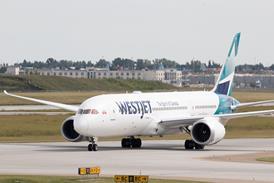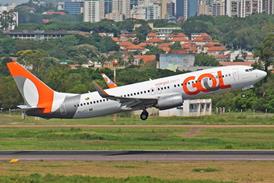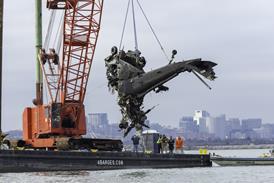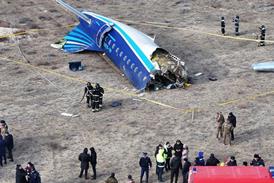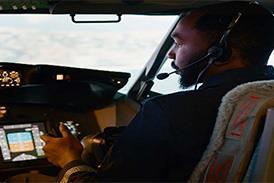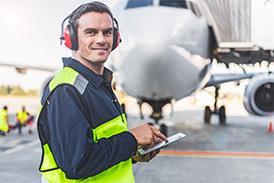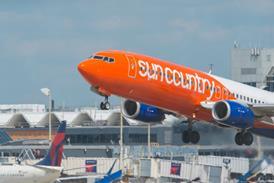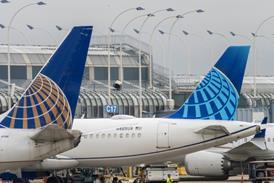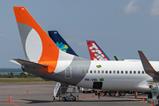Alaska Airlines and Southwest Airlines have become the latest US carriers to report weak short-term demand and forecast slower growth in the months ahead.
Southwest said on 23 April that it has already started trimming its network, with plans to cut passenger capacity in the year’s second half. It now expects full-year passenger capacity to increase by roughly 1%, presenting a picture of growth at a near-standstill amid broad economic uncertainty.
“These incremental schedule adjustments are in progress,” Southwest says.
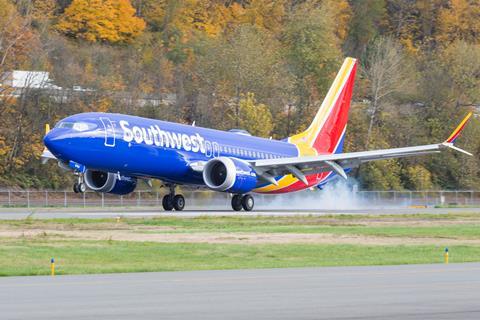
Southwest narrowed its first-quarter loss to $149 million, compared with a $231 million loss during the same three months of 2024.
But its immediate outlook is gloomy, as the carrier expects capacity as measured in available seat kilomtres (ASKs) to be up year-on-year 1-2% in the second quarter, with revenue per available seat kilometre expected to be flat-to-down 4% during the April-June period.
”Amid the current macroeconomic uncertainty, it is difficult to forecast given recent and short-lived booking trends,” Southwest says. ”As such, the company is not reiterating its full-year 2025 or 2026 EBIT [earnings before interest and taxes] guides.”
Alaska, meanwhile, posted a $166 million first-quarter loss, compared with an $132 million loss during the prior-year period, despite capacity as measured in ASKs exceeding previously published expectations.
”Although overall bookings have stabilised as we look forward, our guidance reflects approximately six points of revenue impact to the second quarter due to recent demand softness,” Alaska says.
But growth is expected to slow, as the Seattle-headquartered carrier says its ASKs will likely increase by a modest 2-3% in the second quarter. Looking further ahead is murky business.
“Given recent economic uncertainty and volatility, we are not providing an update to our full year 2025 guidance,” Alaska says. ”We are assessing a variety of scenarios, and expect to be solidly profitable in 2025 even if revenue remains pressured throughout the second half of the year.”
Both Alaska and Southwest express confidence about weathering a period of economic turmoil, with Alaska Air Group chief executive Ben Minicucci asserting that the company is “built for times like these”.
Southwest, amid a broad financial turnaround plan that involves embracing several major operational and strategy changes, says that contributions from such initiatives will deliver $1.8 billion of EBIT in 2025 and $4.3 billion in 2026.
For example, Southwest says it is on track to introduce a basic economy product and bag fees in May, and plans to start selling assigned seats in the third quarter, finally breaking from its signature “open” boarding process.
”Looking ahead, we are confident in the initiatives we have outlined and the value we expect them to produce,” says chief executive Bob Jordan.
Southwest’s downward-looking financial forecast for the second half follows similar signalling from fellow major US carriers Delta Air Lines and United Airlines, both of which warned of slowing growth to kick off airline earnings season. United plans to trim some 4% of capacity from its domestic network in the second half.
Delta and United are the only US carriers thus far to report profitable first quarters.
Alaska and Southwest will hold conference calls to discuss their respective quarterly results with investors and analysts on 23 April.


